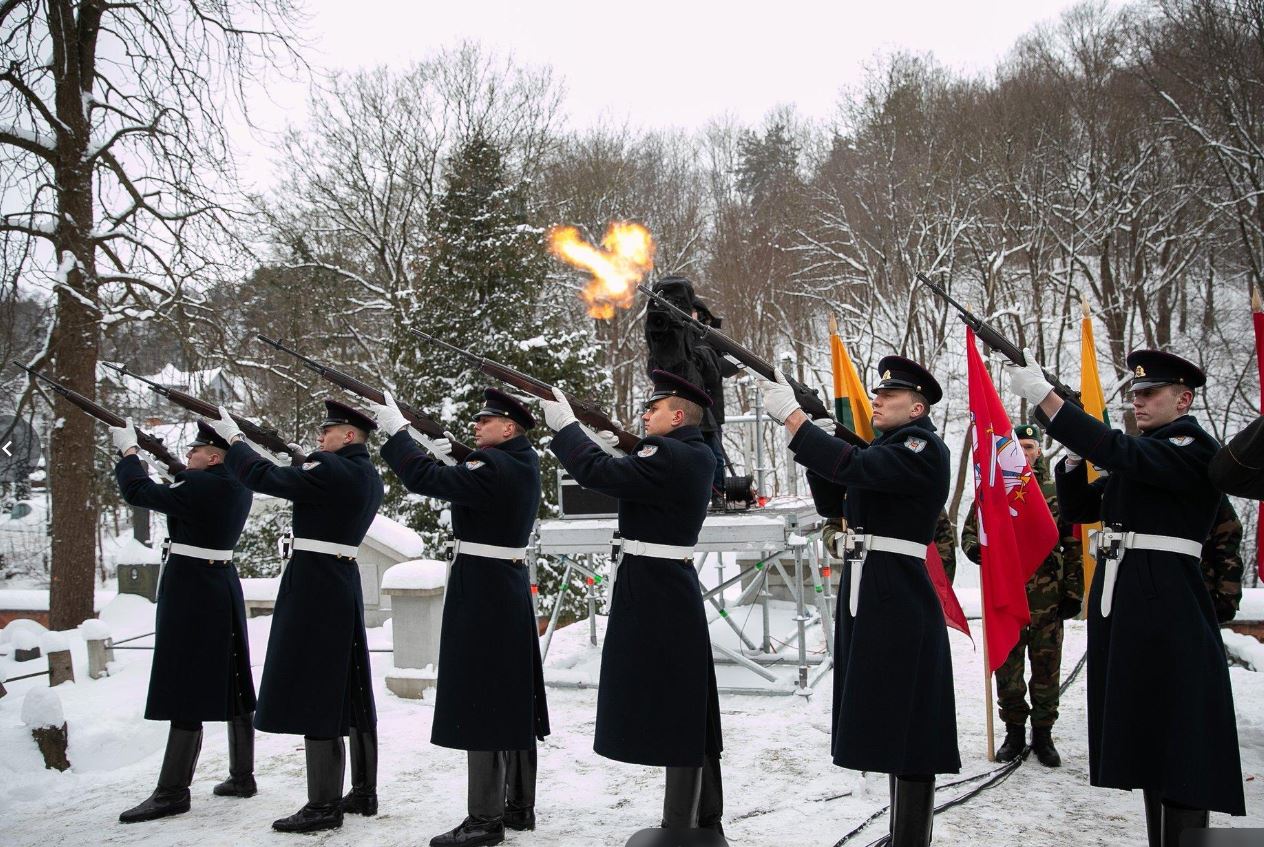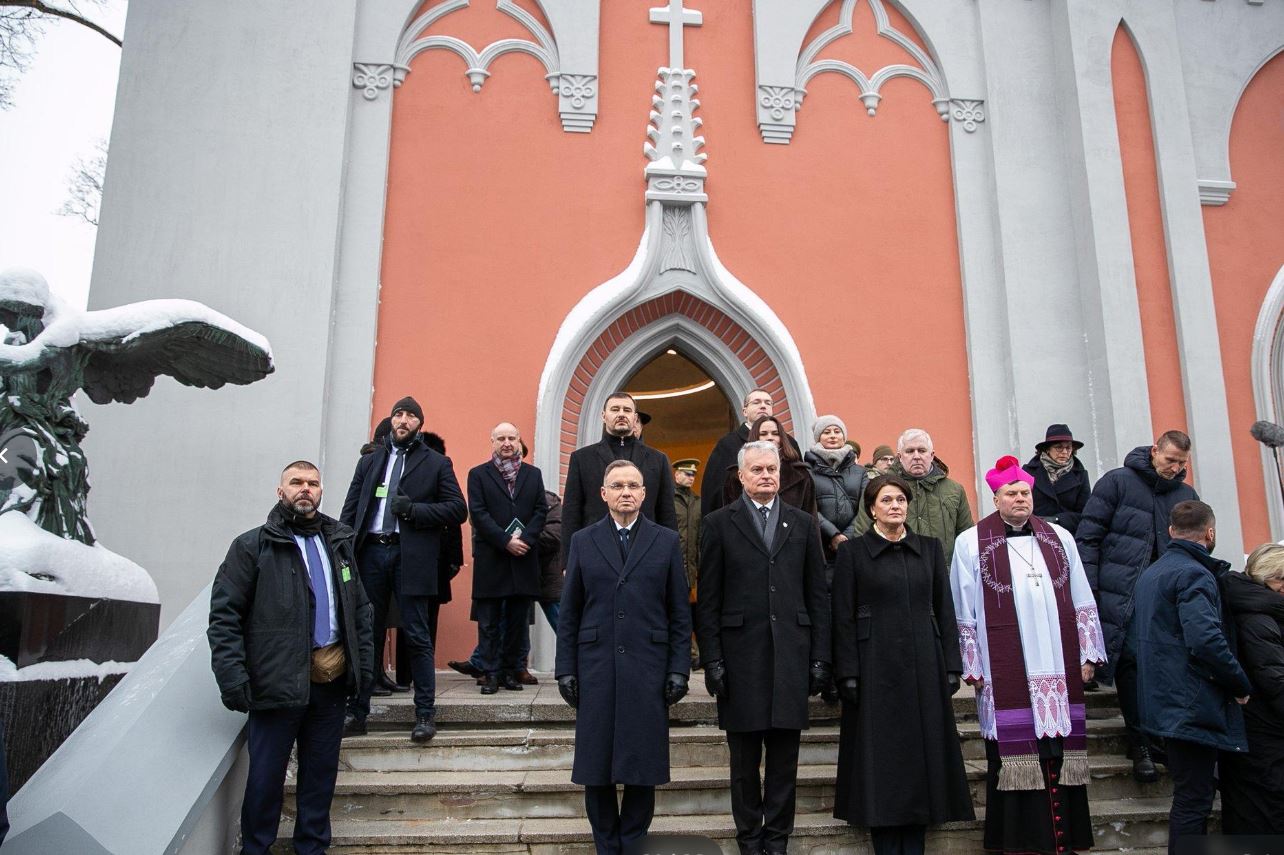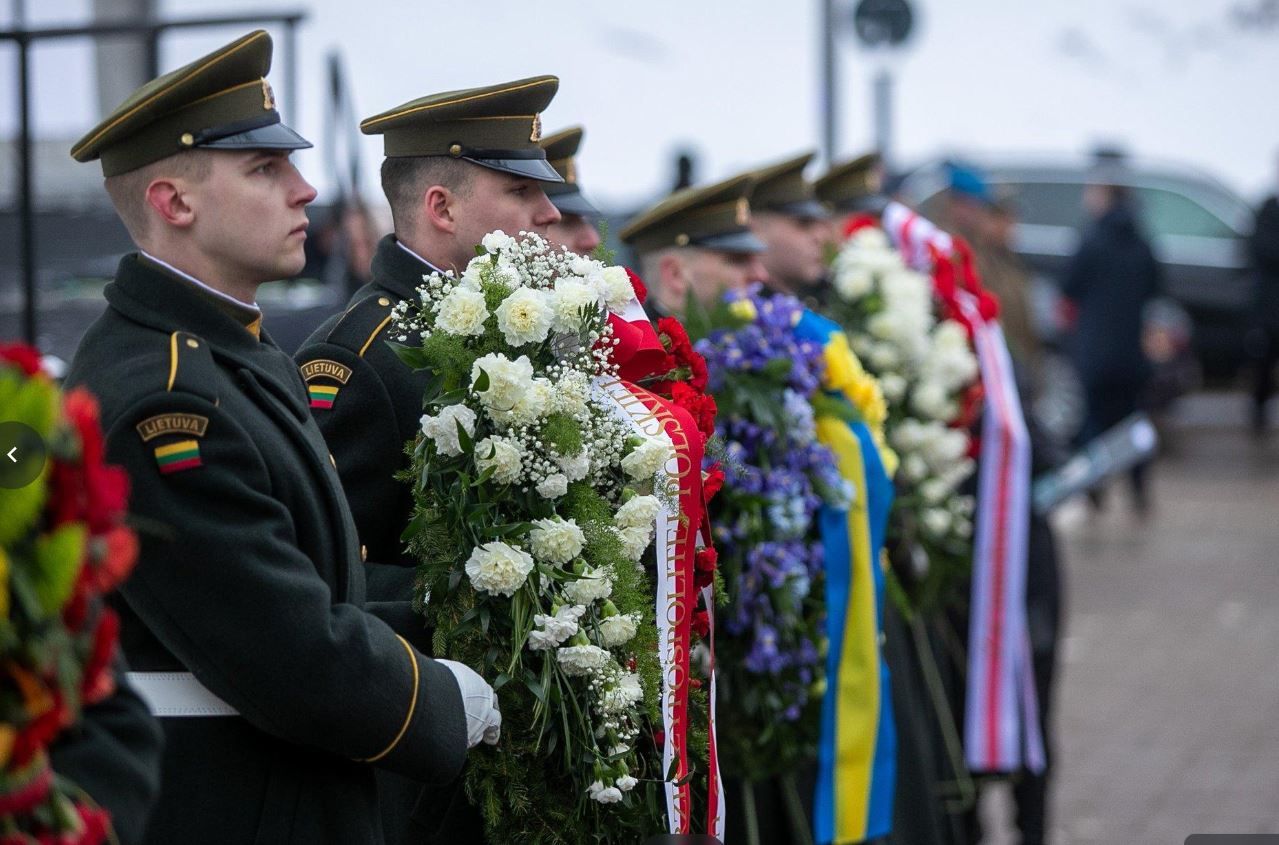
On January 21, President Gitanas Nausėda met with Polish President Andrzej Duda, who was visiting Lithuania. The Lithuanian and Polish leaders discussed bilateral defense cooperation, the security situation in the region, the course of Russia’s war in Ukraine, and assistance to Ukraine.
 At the meeting, Nausėda stressed Lithuania’s readiness to strengthen the strategic partnership with Poland and to expand defense cooperation by organizing joint exercises, seeking further ways for military forces to train together, and enhancing military mobility. According to the Lithuanian leader, security cooperation between Lithuania and Poland is a guarantee of regional security and stability.
At the meeting, Nausėda stressed Lithuania’s readiness to strengthen the strategic partnership with Poland and to expand defense cooperation by organizing joint exercises, seeking further ways for military forces to train together, and enhancing military mobility. According to the Lithuanian leader, security cooperation between Lithuania and Poland is a guarantee of regional security and stability.
“Friendly neighbors, brotherly nations, trusted partners and allies – Lithuania and Poland together stand guard over a democratic Europe and work unitedly to strengthen their own security and that of the whole region,” the Lithuanian leader said after the meeting.
President Nausėda pointed out that the unity between Lithuania and Poland on the issue of support for Ukraine is of utmost importance and expressed the hope that the Lublin Triangle meeting could be held in the near future together with President Zelenskyy. President Nausėda emphasized the need to support the Ukrainian people with political, financial, and military means in their fight. The Lithuanian leader stressed the importance of military support to more quickly achieve victory for Ukraine against the aggressor. The two leaders are planning military exercises and other forms of joint training to strengthen military mobilization, Nausėda told the press.

 After the bilateral meeting, the Lithuanian and Polish leaders participated in the commemoration of the 1863-1864 uprising by attending Mass at the Vilnius Cathedral and a ceremony at Rasos Cemetery. The insurrection was proclaimed on January 22, 1863, by the National Central Committee of Poland, with the goal of putting an end to Russian Czarist occupation and regaining independence. The Grand Duchy of Lithuania and the Kingdom of Poland had been one republic. The revolt continued until the last insurgents were captured by the Russian forces in 1864. There were 321 battles with imperial Russian forces in Lithuanian territory, about 6,000 Lithuanian casualties, and 12,500 citizens punished for supporting the uprising. Lithuanian leaders Zigmantas Sierakauskas and Konstantinas Kalinauskas and other insurgents were publicly executed in Lūkiškių Square, and their remains were secretly buried on Gediminas Hill. In 2019 their remains were transferred to Rasų Cemetery.
After the bilateral meeting, the Lithuanian and Polish leaders participated in the commemoration of the 1863-1864 uprising by attending Mass at the Vilnius Cathedral and a ceremony at Rasos Cemetery. The insurrection was proclaimed on January 22, 1863, by the National Central Committee of Poland, with the goal of putting an end to Russian Czarist occupation and regaining independence. The Grand Duchy of Lithuania and the Kingdom of Poland had been one republic. The revolt continued until the last insurgents were captured by the Russian forces in 1864. There were 321 battles with imperial Russian forces in Lithuanian territory, about 6,000 Lithuanian casualties, and 12,500 citizens punished for supporting the uprising. Lithuanian leaders Zigmantas Sierakauskas and Konstantinas Kalinauskas and other insurgents were publicly executed in Lūkiškių Square, and their remains were secretly buried on Gediminas Hill. In 2019 their remains were transferred to Rasų Cemetery.






























